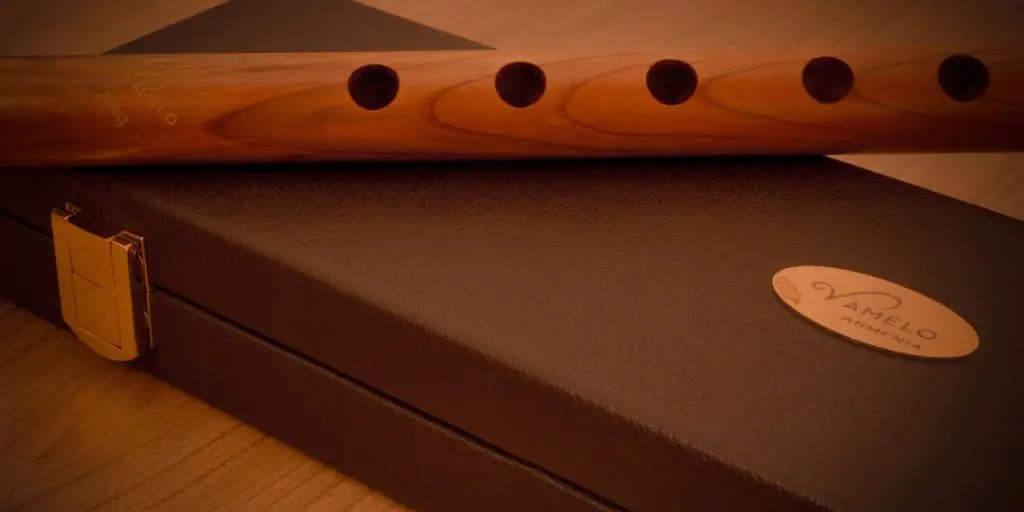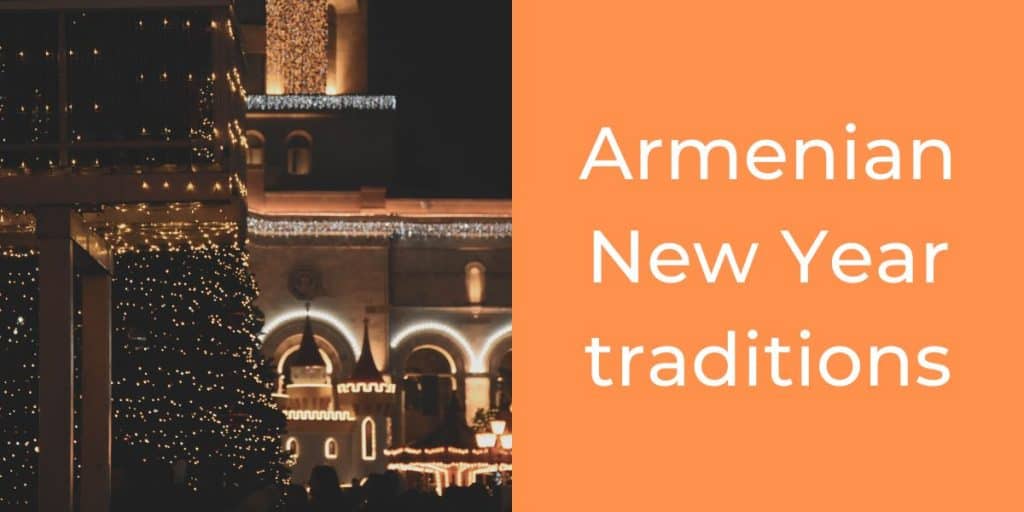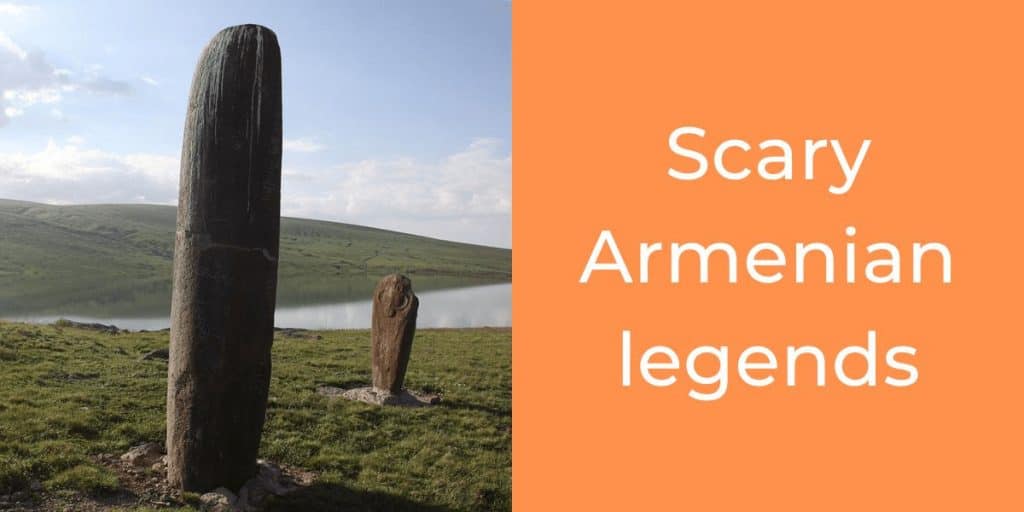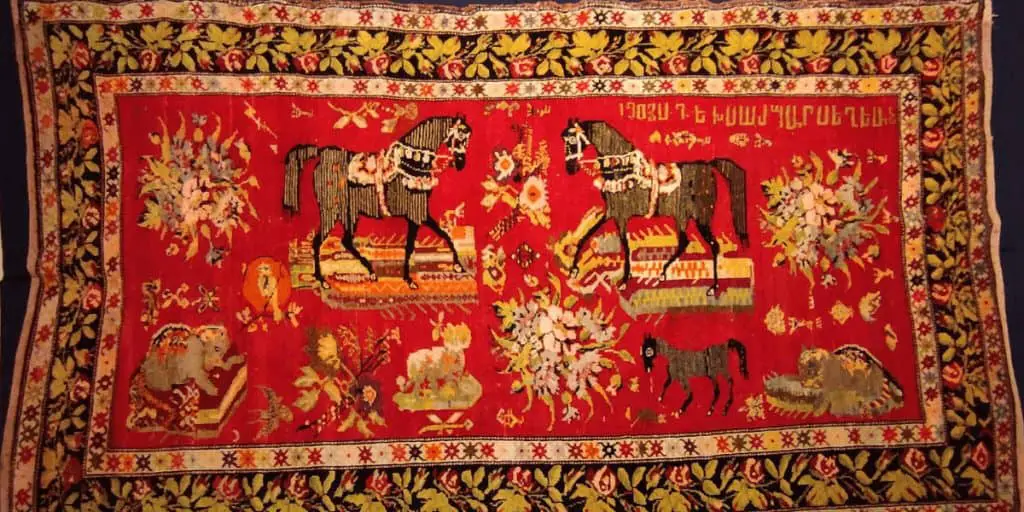They say the human soul speaks in the language of music. If that’s the case I think the Armenian duduk is the perfect instrument for conveying the complex nuances of the human soul, and it has become a beloved symbol of Armenian culture and identity. No other instrument can express the Armenian fate, character, and history better than the Armenian duduk. The history of this musical instrument dates back centuries, some sources say even 1500 years back. It has played an important role in the music and traditions of Armenians and is still a favorite in Armenia and elsewhere. So, let’s learn a bit more about it.
Armenian duduk belongs to the double reed family of instruments. Made of apricot wood, it is played by buzzing the lips into the reed. Duduk makes a touchy, warm, and mournful sound.
Today, I will talk about the Armenian duduk history – its origins, evolution, and role in Armenian music and modern musical heritage. Keep on reading to learn about this exciting piece of Armenian culture. And if you have thoughts to share, drop me a note on Twitter or Instagram with #ArmeniaTravelTips.
What is the duduk sound like?
I think the duduk is one of the most expressive and hauntingly beautiful instruments out there in the world. It can convey a wide range of emotions, from deep sorrow to soaring joy. Its mournful, soulful sound can transport the listener to another place and time, evoking feelings of longing, nostalgia, and even a sense of spiritual transcendence. It has a unique timbre and a very subtle vibrato, and to this day I have no idea why there is no startup in the world that will use this music in meditation. I absolutely get goosebumps every time I listen to the sound of the duduk. And I really think people across the world deserve this experience, it’s very cathartic. Just listen to this track with your eyes closed, and let the music heal your soul.
Duduk origin
The roots of the Armenian duduk go back centuries. Generally, we often boast of rich Armenian culture, so if you’ve seen some of my other posts, you won’t be surprised that I’m obsessing over some of our cultural heritage. The duduk is one of those things that I, and many other Armenians, feel very strongly about.
Outside Armenia, the duduk is also popular in Iran, Georgia, Azerbaijan, and Turkey. However, it is believed that it has a purely Armenian origin. Sources say that it originated in 95-55 BC – the time of the Armenian King Tigran the Great. However, one of the earliest verified mentions belongs to the 5th century, when an Armenian historian, Movses Khorenatsy, mentioned “tsiranapoh” (the original name of duduk) in one of his works. Even with these scarce early records, the duduk is considered one of the most ancient instruments in the world.
The earliest versions of duduk were made of bone and entirely of cane. Over time it has evolved and has taken the form we know now. Currently, the duduk is made of apricot wood in Armenia. In other countries, plum and walnut tree wood are also used. But the sound is so much different when it is made of the apricot tree. In fact, “tsiranapoh”, the original name of Armenian duduk, is translated as “a tube made from an apricot tree”.
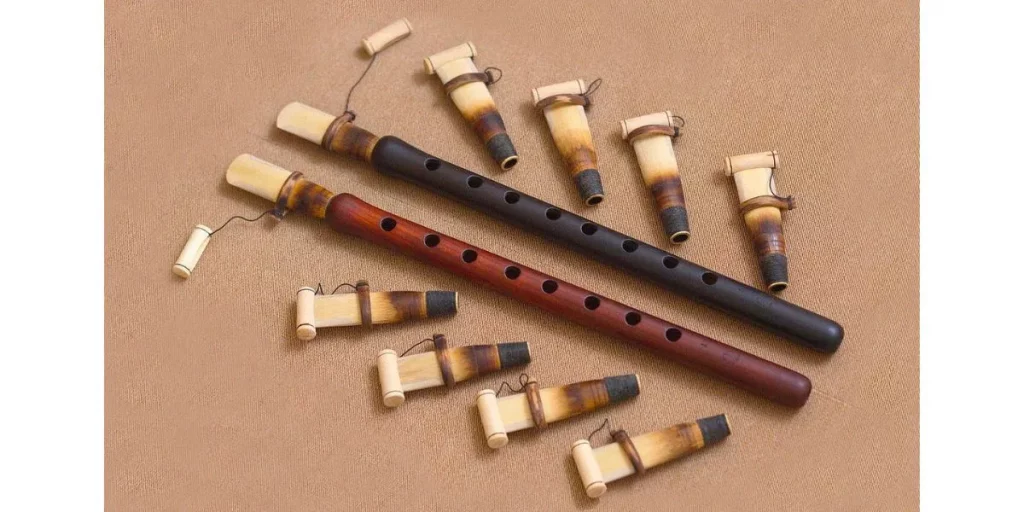
The role of duduk in Armenian music
In Armenia, you can see duduk played both at weddings and funerals. It’s because the duduk is an instrument that can transmit both joy and grief. And this is the charm of this instrument. It is one of the rare instruments that can express deep emotions – both sad and happy. And since Armenians are emotional in their life and music, this instrument reflects their essence the best. Sometimes duduk is called the music of the soul. As such duduk is used in many musical styles, from traditional Armenian music to contemporary compositions.
Famous duduk players of Armenia
One of the most famous duduk players is Djivan Gasparyan. Djivan was six years old when he started playing duduk. He was twenty years old when he became the Armenian Song and Dance Popular Ensemble soloist. He has even been awarded four medals in UNESCO world music competitions.
Another popular duduk player is Georgy Minasyan. He is an Honored Artist of the Republic of Armenia and the founder of The Dudukner Ensemble in Yerevan. This guy still performs locally and internationally throughout the world.
I can’t fail to mention Levon Madoyan who has helped to popularize duduk internationally and locally. He was born in Gyumri and is a soloist of the Armenian TV and radio national instrument ensemble.
Duduk in modern music and in different countries
In recent years, the duduk has gained world recognition, appearing in popular films, television shows, and pop songs, like Gladiator, Syriana, and Blood Diamond. Duduk is also played in “The Lord of the Rings” trilogy to create an epic soundscape. Another notable film is the 2022 “Ararat” about the Armenian Genocide. This timeless instrument adds a melancholic touch to the tragic incidents of the past. The duduk is also played in contemporary films like “The last temptation of Christ”.
Duduk is also a sought-after instrument for many bands and composers as it gives a unique emotional load to the current instrumental mixes. The band System of Down, a Grammy-winning Armenian-American metal band, often uses duduk in their music. Another popular band is Yanni which incorporates this traditional Armenian music giving a unique touch to its genre. Jazz musicians like Dino Saluzzi and Armen Chakmakian also used the duduk in their music. The duduk has also been used by artists like Peter Gabriel, Alanis Morissette, and Enya.
Duduk has gained popularity in many countries. In Iran, the duduk is used in both classical and contemporary music. This instrument is also used in Greece giving a unique touch to the genre rebetiko which originated in the early 20th century and has its distinctive say in Greek culture.
Where to buy Armenian duduk?
If you are in Armenia, then you are lucky enough. You can visit the largest arts and craft market in downtown Yerevan called Vernissage. This is the market where artists and craftsmen sell all kinds of handmade art pieces, including duduk.
There are also lots of musical shops in Yerevan and elsewhere in Armenia. One of the biggest ones is Music Land. Another big shop is Sonatina.
And if you are not in Armenia, no worries! There are lots of online shops where you can buy Armenian duduk and souvenirs. A good site is Duduk House where you can shop online. The prices are a bit higher than you will find in Vernissage. But you can be sure that you will find professional stuff.
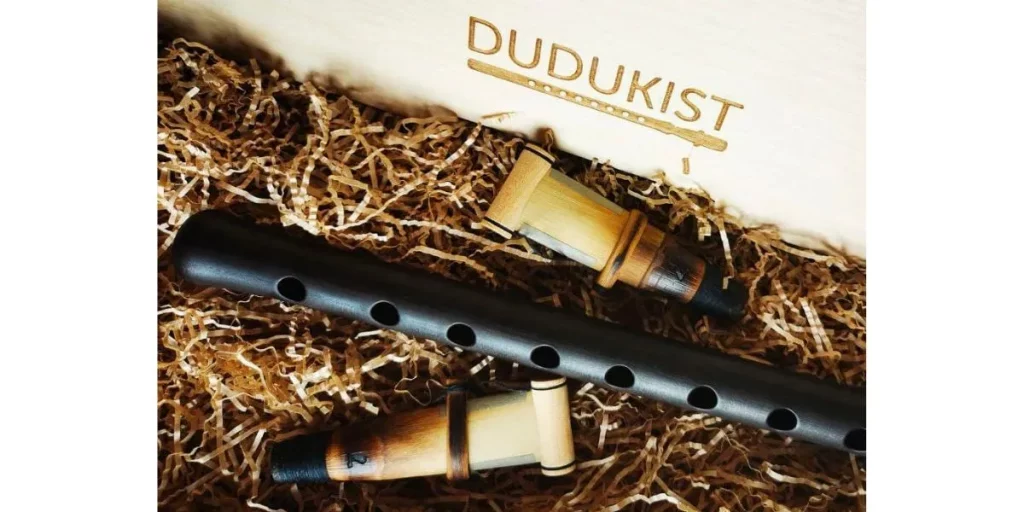
Wrapping up
In conclusion, Armenian duduk history is century-long. The Armenian duduk has great cultural significance for Armenians and worldwide. Its mournful sound and versatility make it an important element of the world’s musical heritage. You may want to explore more on this timeless instrument but the best way to appreciate it is to listen to its heart-touchy sound.
If you liked this post, I think you might like my write-up on “The Armenian folk music history”. And if you have questions or insights, please don’t forget to ping me on Twitter or Instagram with #ArmeniaTravelTips.
Featured image credits: Photo by Vamelo on Wikimedia Commons
Please help me make Armenia more popular!
